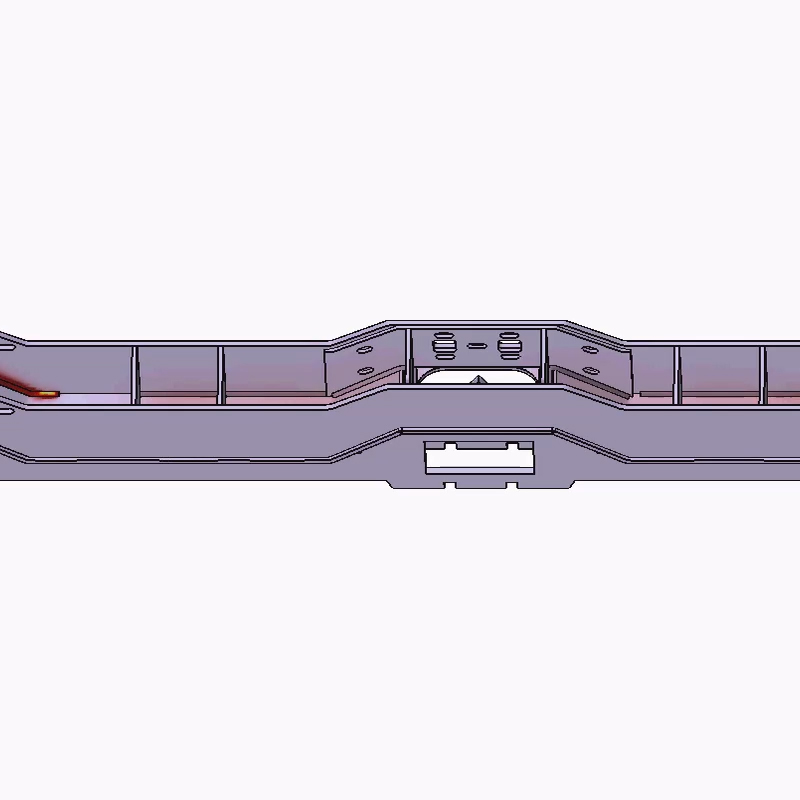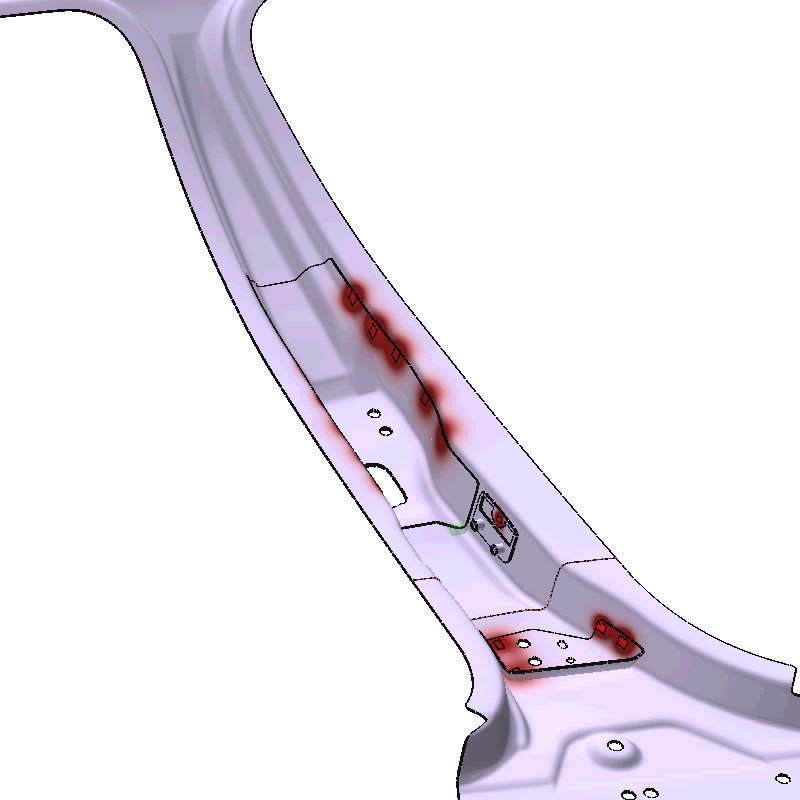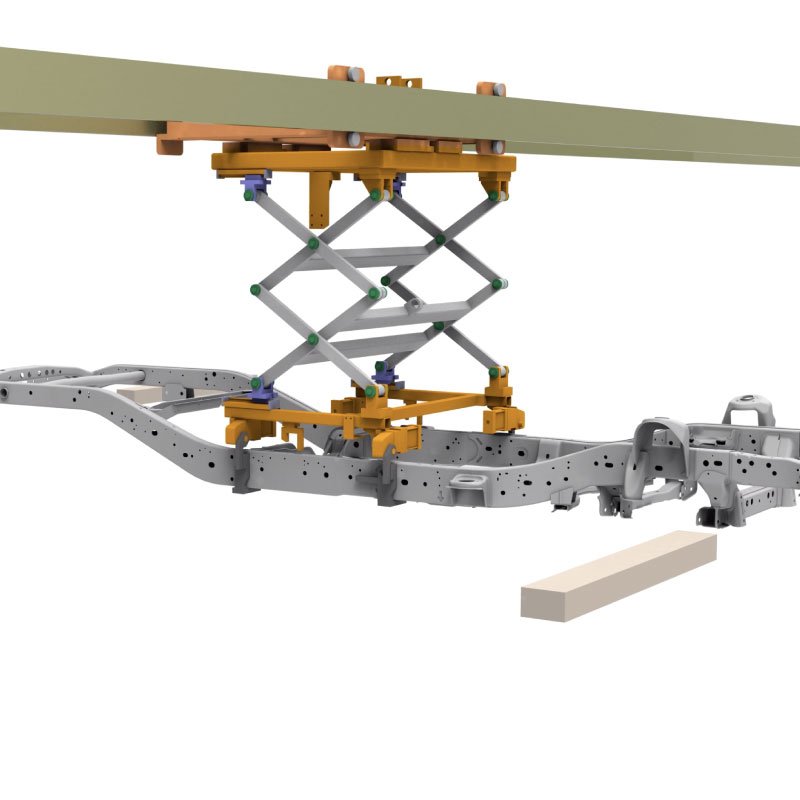MeshWorks

MeshWorks
As an important task of CAE user, generating high quality mesh is always emphasized in every step to bring a close look into the reality and necessary insights into the details of a design. A good meshing can be done by analysing the underlying geometry and applying the better quality mesh for the required design. A mesh that serves the objective is the good mesh for the particular scenario. The reasonable quality and the problem specific nature of a mesh is necessary to ensure the solver gets the results to a perfect scale.
Request infomation
High automated meshing funtions
MeshWorks has a powerful CAE meshing engine that allows users to create 2D and 3D meshes rapidly from complex CAD data. Highly automated meshing functions available allow users to create exceptional quality meshes with minimal user intervention in the shortest time possible, with minimal to virtually no CAD clean-up. Template based meshing allows users to set-up templates for feature recognition, mesh size requirements and quality criteria. Highly automated mesh quality improvement functions, robotically correct meshes to meet user specified quality templates and constraint criteria.
Key Meshing Features
Tria Meshing: The automated tria mesher generates meshes that meet element quality requirements and mesh flow conditions in regular regions and special regions such as fillets, holes etc. Structural & CFD meshes are generated efficiently with flexibility of using several control parameters to generate meshes to suit the CAE engineers’ specialized requirements.
Quad Dominant Meshing: The automated quad dominant mesher generates quad dominant meshes with minimal triangles meeting element quality requirements, providing good mesh flow, meeting specialized meshing requirements around holes, fillets, flanges, beads etc. and excellent control over element size requirements.
Mid-Plane Meshing: A set of automated and powerful interactive meshing functions allow users to create mid-plane meshes of complex plastic and casting parts with ribs and other intersecting features. Variable thicknesses as driven by the CAD geometry are automatically assigned to the mesh.
Tetra Meshing: MeshWorks provides several methods for getting tetrahedral mesh. Tetra mesh can be controlled by a variety of factors such as gradation factor, layered tetra mesh, growth rate etc.
Hexa Meshing: The automated cartesian hexa mesher allows users to create 100% hexa meshes of complex parts that have a high volume to surface ratio (‘chunky’ parts). The extruded hex mesher can rapidly generate hex dominant meshes for parts whose features are aligned in a specific direction. The ‘thin-wall-hex-mesher’ can rapidly convert a mid-plane quad dominant mesh to a hex-dominant mesh. Users can combine all of the hex mesher functions to generate a geometry hugging hex dominant mesh with minimal number of penta elements.
Benefits
The new generation CAE users are finding it difficult to make a good quality mesh for more complex geometries. With MeshWorks user friendly toolsets and robust functionalities, engineers can get 100% accurate results. Some of the important benefits of doing meshing in MeshWorks includes:
Parametric Meshing: A patented parametrization methodology generates parametric meshes automatically during the meshing process itself. The parametrization is driven by CAD features and user provided rules & templates.
Associativity: The mesh generated is highly associative to the CAD geometry. This allows for highly automated update of the mesh as and when the CAD geometry changes and vice versa.
Integrated Meshing: Integrated Meshing: Meshing templates corresponding to different attributes such as stress/durability, stiffness/NVH etc. can be assigned to the CAD data. As a result meshes corresponding to all the different attributes can be generated from one single model eliminating the need for duplicated effort.
Automatic CAD Clean-up: In-built feature of CAD clean-up, removes all the unnecessary features and retaining the main feature lines.
With parametric extrusion hex elements are created with ease and at least time consumption for large components in a single click from the planar mesh.
Ultimately users can achieve a high-quality mesh in significantly less time with MeshWorks functions when compared to traditional meshing applications.
Portafolio






















